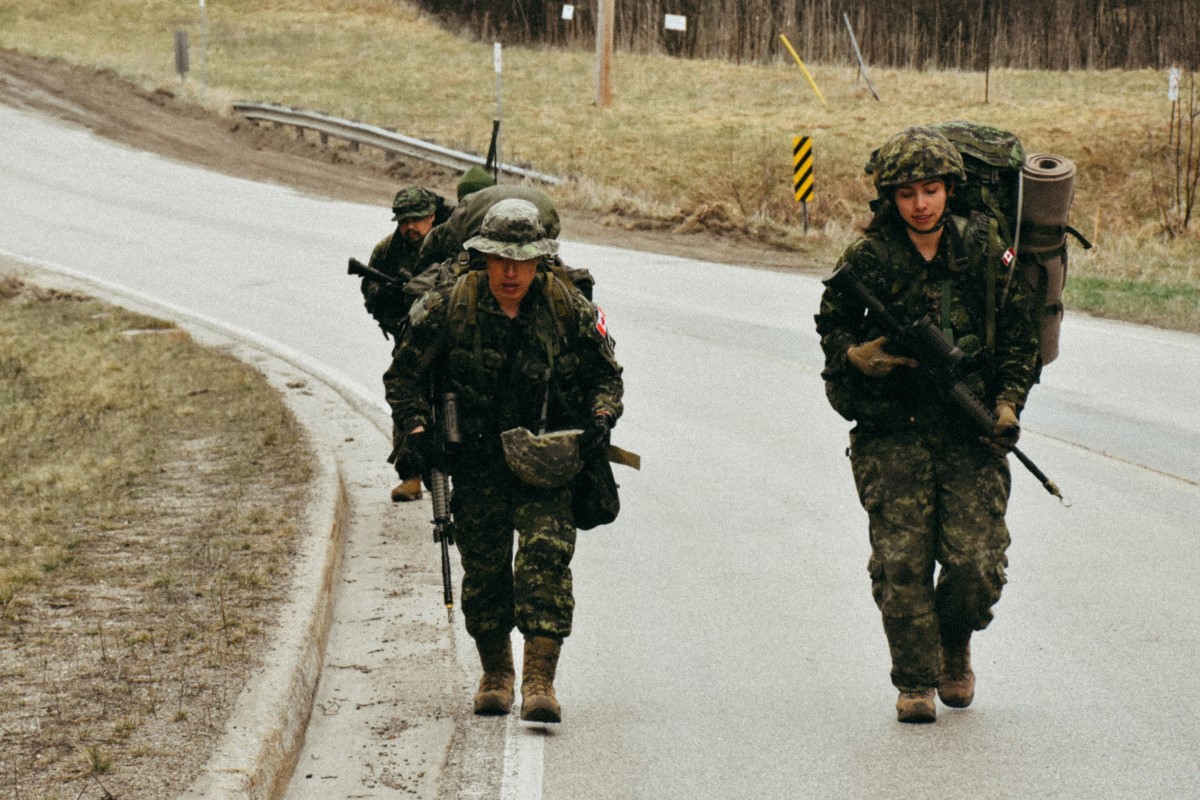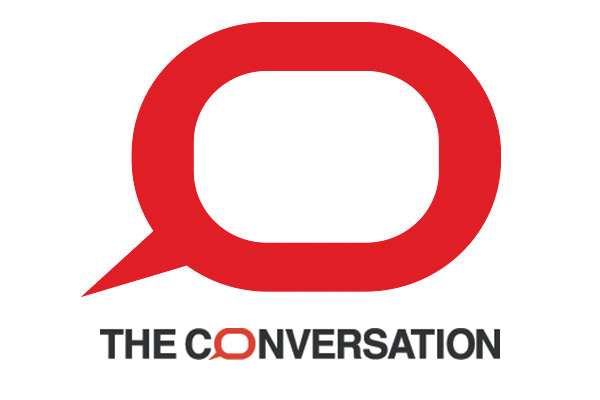THE CONVERSATION
Canada needs to act on its existing defence policy, not review it repeatedly
December 12, 2022
Share

In its budget in March 2022, the federal government announced a review of Canada’s 2017 defence policy, entitled “Strong, Secure, Engaged.” The government claimed this was necessary because of Russia’s invasion of Ukraine and the “changed global environment.”
 However, the fundamental problem with Canada’s national defence effort doesn’t call for yet another defence policy review — the fourth one in 17 years. There are no shortages of national security threat assessments, policies to respond to them and even financial resources to support the military.
However, the fundamental problem with Canada’s national defence effort doesn’t call for yet another defence policy review — the fourth one in 17 years. There are no shortages of national security threat assessments, policies to respond to them and even financial resources to support the military.
The real challenges lie in the failure to execute the existing policy.
“Strong, Secure, Engaged” provided an analysis of the international environment that put an emphasis on the re-emergence of “great power competition” and in particular Russian and Chinese territorial ambitions. This is obviously more relevant today given Russia’s invasion of Ukraine and China’s increased aggression towards its neighbours.
It also committed significant financial resources to the Department of National Defence, boosting the defence budget by $553 billion over the next 20 years. While still well below NATO’s two per cent of gross domestic product defence spending target, this is nonetheless a high water mark for Canada’s defence funding this century.
The policy also pledged to deliver major equipment acquisitions to the Canadian Armed Forces.
And finally, it provided for a force size of 71,500 regulars — also a peak this century.
Failure to execute — and spend
The issue is less about “Strong, Secure, Engaged” becoming stale, and more about the failure to execute its lofty commitments and ambitions.
A focus on implementing these commitments will significantly improve Canada’s national defence output to better meet today’s security challenges.
Start with the money.
For a decade, prior to and through the early years of Prime Minister Justin Trudeau’s government, the Department of National Defence was, for some reason, incapable of spending the funds Parliament approved for it. Total unspent funds over this time frame amounted to at least $7 billion.
This problem continues. Last year, the Defence Department failed to spend more than $1 billion of its appropriation. Meanwhile, the Canadian Armed Forces continue to cry poor while significant funding budgeted for them is left on the table.
The story of the dysfunctional defence procurement system seems almost farcical.
It can take decades in Canada to purchase and acquire most major pieces of military equipment. Yet, Ottawa has done nothing to come to grips with the nuts and bolts of defence procurement reform. Commitments to buy new equipment aren’t worth much if your approach to buying is fundamentally broken.
Getting the numbers up
In recent months, Chief of Defence Staff Gen. Wayne Eyre has issued dire warnings about the crisis of recruitment and retention in the Canadian Armed Forces. He said recently:
“We need to rebuild the Armed Forces, we need to get the numbers back up … and we’ve got to do it with a sense of urgency and priority because it is affecting our ability to respond around the world.”
The current numbers of “trained effective” regulars are just over 53,000, nearly 20,000 below the government’s target and the lowest in modern Canadian history.
Yet it seems to have escaped the military leadership that a big part of the challenge with recruitment and retention is likely owing to the reputational hit the forces have taken in the past few years over allegations of sexual misconduct among numerous members of its leadership.
This culminated with the conviction earlier this year of Gen. Jonathan Vance, Eyre’s predecessor, for obstruction of justice in a sexual misconduct investigation.
Canada’s national defence leadership team needs to ask itself a basic question: What woman or man born this century — the age demographic the Canadian Armed Forces relies upon for recruitment — wants to work for an institution whose leadership is known chiefly for their archaic approach to women?
Arbour report
The problem of sexual misconduct in the military led the federal government to appoint former Supreme Court Justice Louise Arbour to study the culture of an institution that sustains such behaviour.
Arbour issued her report in May, at which time Defence Minister Anita Anand said the government would move quickly on its 48 recommendations. Seven months later there has been little action on most of Arbour’s recommendations.
These problems — financial, procurement, human resources and culture — do not require another voluble defence policy review to resolve. They do require hard work and tough decisions — in other words, execution — rather than more words on a page.
__________________________________________________![]()
Eugene Lang, Assistant Professor (Continuing Adjunct), School of Policy Studies, Queen's University
This article is republished from The Conversation under a Creative Commons license. Read the original article.
The Conversation is seeking new academic contributors. Researchers wishing to write articles should contact Melinda Knox, Director, Thought Leadership and Strategic Initiatives, at knoxm@queensu.ca.



